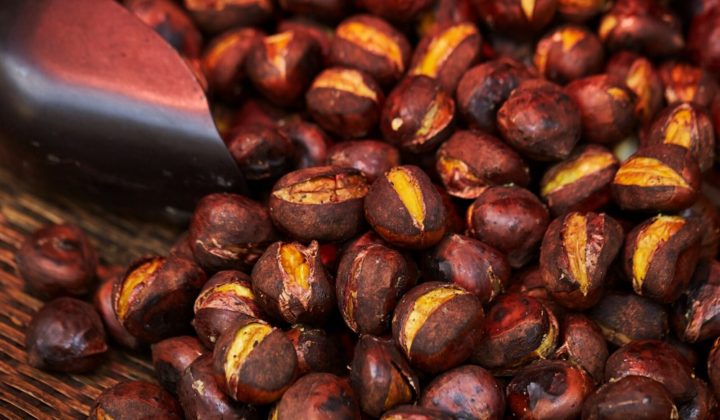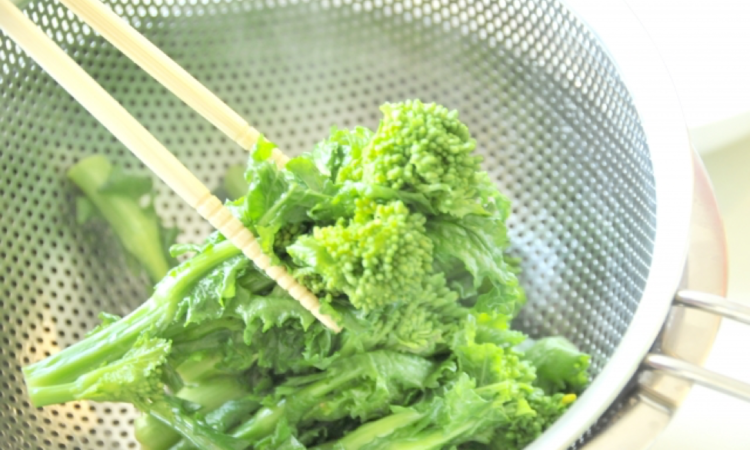You may already know that soybeans are used in many Japanese dishes. Soybeans are very nutritious and versatile to cook. Japanese people have benefitted from the essential nutrients to maintain their health for centuries by eating beans in many different ways. Historically Japanese people didn’t eat as much meat as in the West. Instead, for generations, Japanese people’s primary source of protein has been beans and fish.
Soy Beans in Japanese
Soybeans are called ‘daizu‘ (大豆) in Japanese. Daizu means big bean in Japanese. Daizu is rich in protein, B vitamins, vitamin E and essential minerals to support people’s good health.
They are rich in protein, so they are a perfect meat substitute.
Food Products Made With Soybeans
There are so many Japanese food products made from soybeans. Let’s take a look at some of them.
Soy Sauce
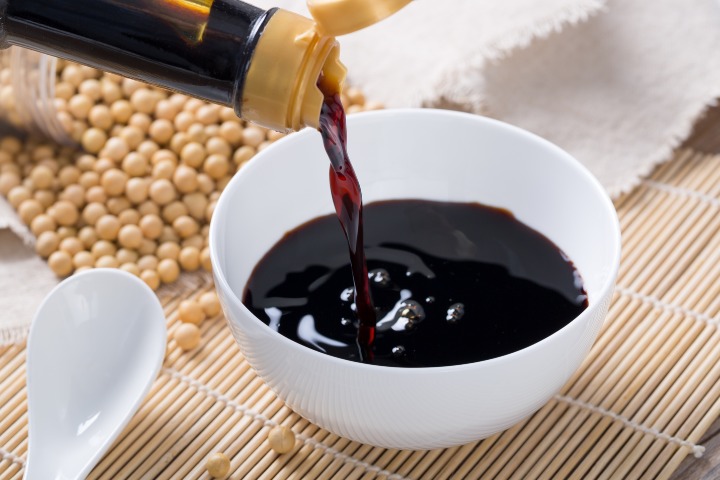
Image credits: Canva.com
Soy sauce is the most famous Japanese soy product in the world, thanks to Kikkoman, one of the leading Japanese soy sauce brands in the market. Today the company has its own factories overseas to meet the soaring worldwide demand for soy sauce. Kikkoman built their own overseas factories forty years ago to produce and distribute soy sauce abroad, followed by Yamasa, another big-name soy sauce company in Japan, in 1994.
Thanks to those companies’ promoting efforts, soy sauce has become popular worldwide. Even if you live on the opposite side of the earth from Japan, you are still quite likely to find soy sauce on the shelf of your local store in your country.
Soy sauce is made with soybeans, water, flour, salt and koji mould (Aspergillus oryzae). These are the primary and essential ingredients to make soy sauce. However, you see soy sauce with added ingredients – natural ingredients, like vinegar and alcohol, and artificial ingredients, like preservatives and flavourings etc. If you would like to buy one without synthetic chemicals, you should choose an organic one which will also be free from GM ingredients and MSG.
You can also buy several different types of soy sauce with different flavours. What makes them different is the method of production, the length of fermentation, the ingredients and the region in which it is made. If you are interested, you taste all the different types and find the best for you.
If you are looking for a high-quality soy sauce, you should look for one with fewer ingredients. Ideally, the only ingredients should be soybeans, water, flour, salt and koji mould.
Miso

Image credits: Canva.com
Miso is another famous Japanese food. Miso is most famously cooked in a soup with vegetables and sea vegetables. Miso is made with soybeans, rice, water and koji.
Koji is one of the key ingredients in producing miso. Miso takes six months to a year to be produced because it has to be fermented. Many different types of miso are available. The major ones are regular soybean miso, barley miso, red miso, and white miso.
Tofu
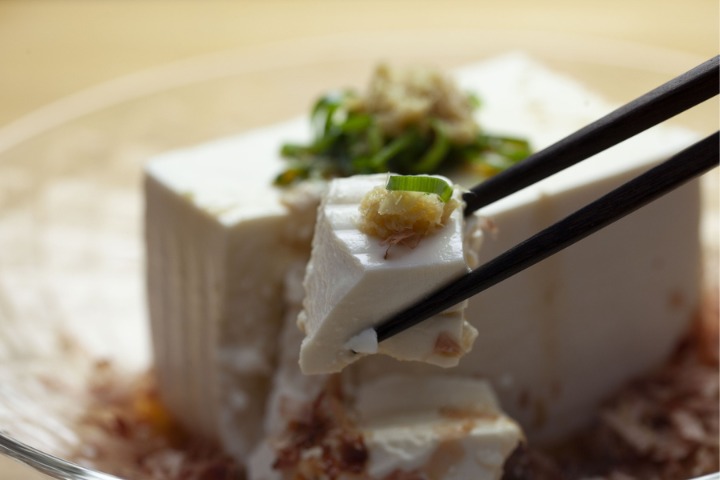
Image credits: Canva.com
Tofu is made with soy milk, water and nigari. The secret ingredient of tofu is nigari. Nigari is a bittern/ tofu coagulant extracted from seawater. Nigari makes soy milk curdle.
If you would like to try making your own tofu, you can get nigari from a local tofu shop or a supermarket but make sure that you seek nigari, especially for tofu making. You also need a tofu-making container box and a special muslin towel included in a starter kit with soybeans, nigari coagulant, instructions and a recipe.
I make tofu from scratch at home sometimes, but the taste is distinctively different. The homemade one tastes fresher, succulent and much more flavoursome than tofu from a store. Factory-made tofu often contains chemicals, and some chemical binder is often used instead of natural nigari.
If you live in Japan, you can get fresh tofu from a local tofu shop or a supermarket. The fresh ones taste better than their vacuum-packed counterparts. You can find the fresh tofu in a plastic container soaked in water and displayed on a supermarket fridge shelf.
Atsuage and ganmodoki are further examples of popular soybean products. Atsuage is deep-fried tofu. It is served as a side dish. Ganmodoki is made with tofu mixed with small-cut vegetables. It is often included in a Japanese winter soup called oden as one of the main ingredients.
Kinako
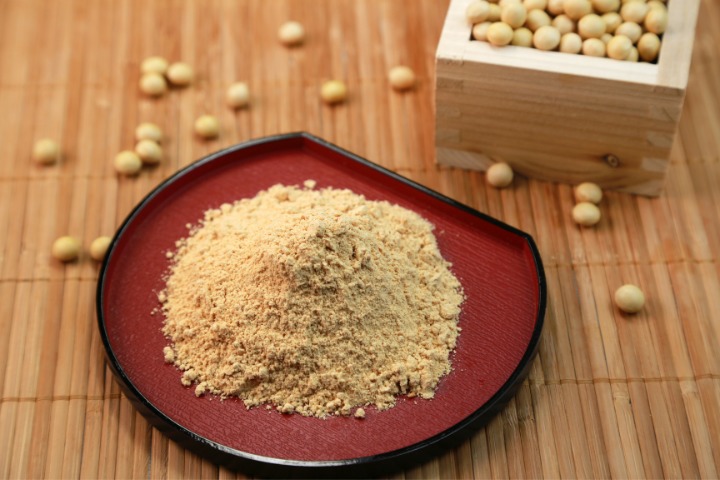
Image credits: Canva.com
Another soy product is roasted soybean powder called kinako in Japanese. People eat kinako as a paste with sweet mochi rice. Mix the kinako with sugar first, then sprinkle the mixture on mochi sticky rice. Then eat the sweets as a dessert or a snack.
What About the Beans?
There are two soy products with young soybeans sold in supermarkets’ vegetable section. The first is moyashi (sometimes called bean sprouts), and the other is edamame.
Moyashi
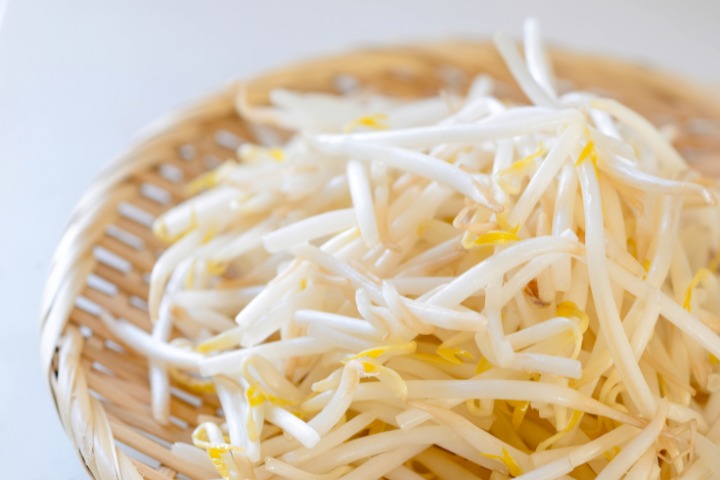
Image credits: Canva.com
Moyashi are germinated soybean (or sometimes mung bean) sprouts. They are often served in stir fry dishes and seasoned with soy sauce in Japanese food. Moyashi are usually only lightly fried to keep the crunchy texture. Moyashi are very easy to grow indoors, with only clean water needed. The average price of one pack of moyashi is about 40 yen which is very cheap compared to other vegetables. They don’t have a strong taste but their crunchy texture gives your dish and extra something! Moyashi are very popular in Japan so you can buy them in any supermarket or convenience store.
Edamame

Image credits: Canva.com
Edamame is a young soy bean. The colour is still green, and they come in a green bean pod. They are harvested when they are not fully grown. People eat edamame as a starter or as nibbles along with beer, especially in the summer. You can buy them fresh or frozen. Frozen ones are easy to prepare, and you don’t need to worry about when they will go off. To prepare, you can put them under running water for 3 minutes, then eat them raw. If you prefer, you could boil it afterwards, but the taste is better without boiling.
What’s Your Favourite Use of Soybeans in Japan?
If you love Japanese food, you’ve likely tried soybeans in one form or another. There are many ways to try soybeans in Japan, but which is your favourite? Let us know by sending us a message on Instagram!
Miua
Japan
Related articles:
- 5 Lesser-Known Ingredients for Use in Japanese Cooking
- A Quick Guide to Different Types of Tofu
- Three Budget-Friendly Recipes Using Tsuyu
Featured image credits: Canva.com


